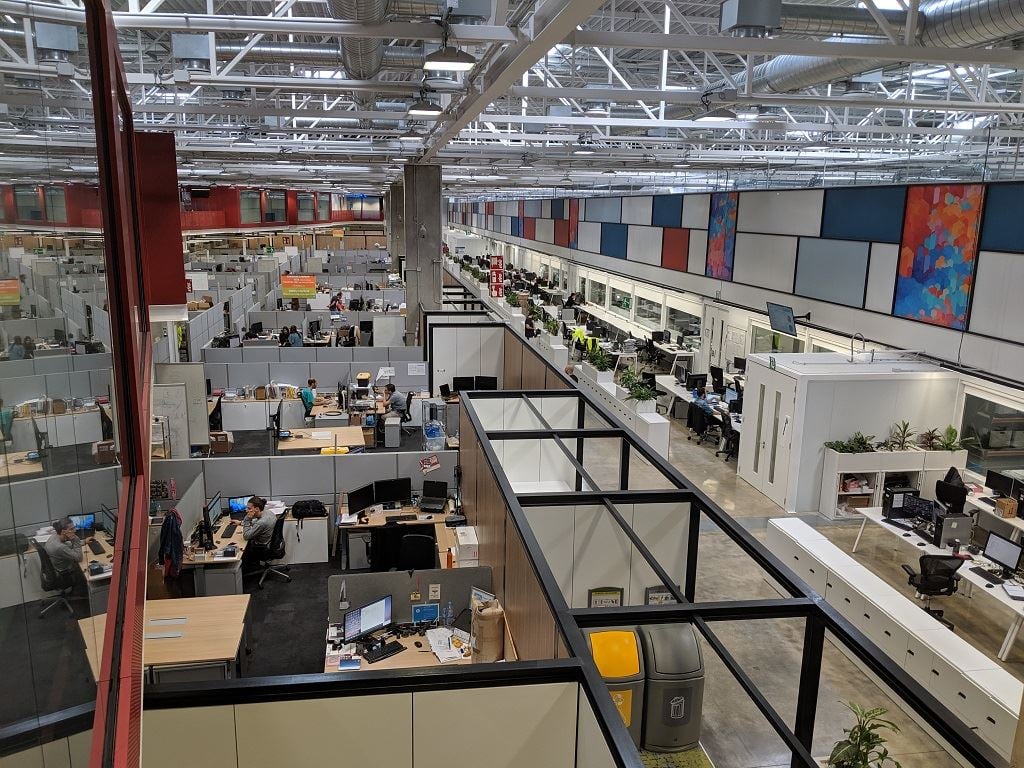![HP’s 3D Printing and Digital Manufacturing Center of Excellence [Image: Fabbaloo]](https://fabbaloo.com/wp-content/uploads/2020/05/HP3DCoE_img_5eb0959bd3feb.jpg)
Charles Goulding & Ryan Donley of R&D Tax Savers discuss 3D printing R&D.
It is important to analyze the level of the R&D occurring at the leading 3D printer manufacturers to help understand just how quickly the industry is growing and why more companies are committing to the potential future of 3D printing.
![[Source: R&D Tax Savers]](https://fabbaloo.com/wp-content/uploads/2020/05/3DPrintingR26DperCapita_img_5eb0959c20470.png)
A table providing the last three years per capita R&D for eight companies’ public reporting purposes is presented above:
Some conclusions from the five company data for the pure play 3D printers, Stratasys, 3D Systems, Renishaw, Protolabs, and Organovo are as follows.
-
This is an industry with a large commitment to R&D with three-year average spending of $191 million for all five pure 3D printing companies
-
The pure 3D printer manufacturers are engineering/design-intensive since the average company per capita annual R&D spend is $142,540, this excludes GE and HP.
-
Organovo, the organ printing ompany, has particularly large per capita numbers and very high yearly R&D growth but to date has a small employee count that slightly impacts the overall data results.
-
GE and HP Inc. are not 3D printing-specific, though have committed large portions of R&D spending on 3D printing as the companies have a combined 15% market share in 3D printing (HP 6%, GE, 9%) and continue to grow their capabilities in this realm. Their large numbers skew the overall data results.
This table only reflects the R&D investment of large commercial 3D printer manufacturers. Other 3D printer or R&D investors include:
-
Foreign, US Federal and Local Government
-
Universities
-
Software Developers
-
Material Suppliers
-
Designers & End Users
-
Numerous privately held 3D printer manufacturers, many of which have large R&D budgets, including Desktop Metal, Markforged, and Carbon.

